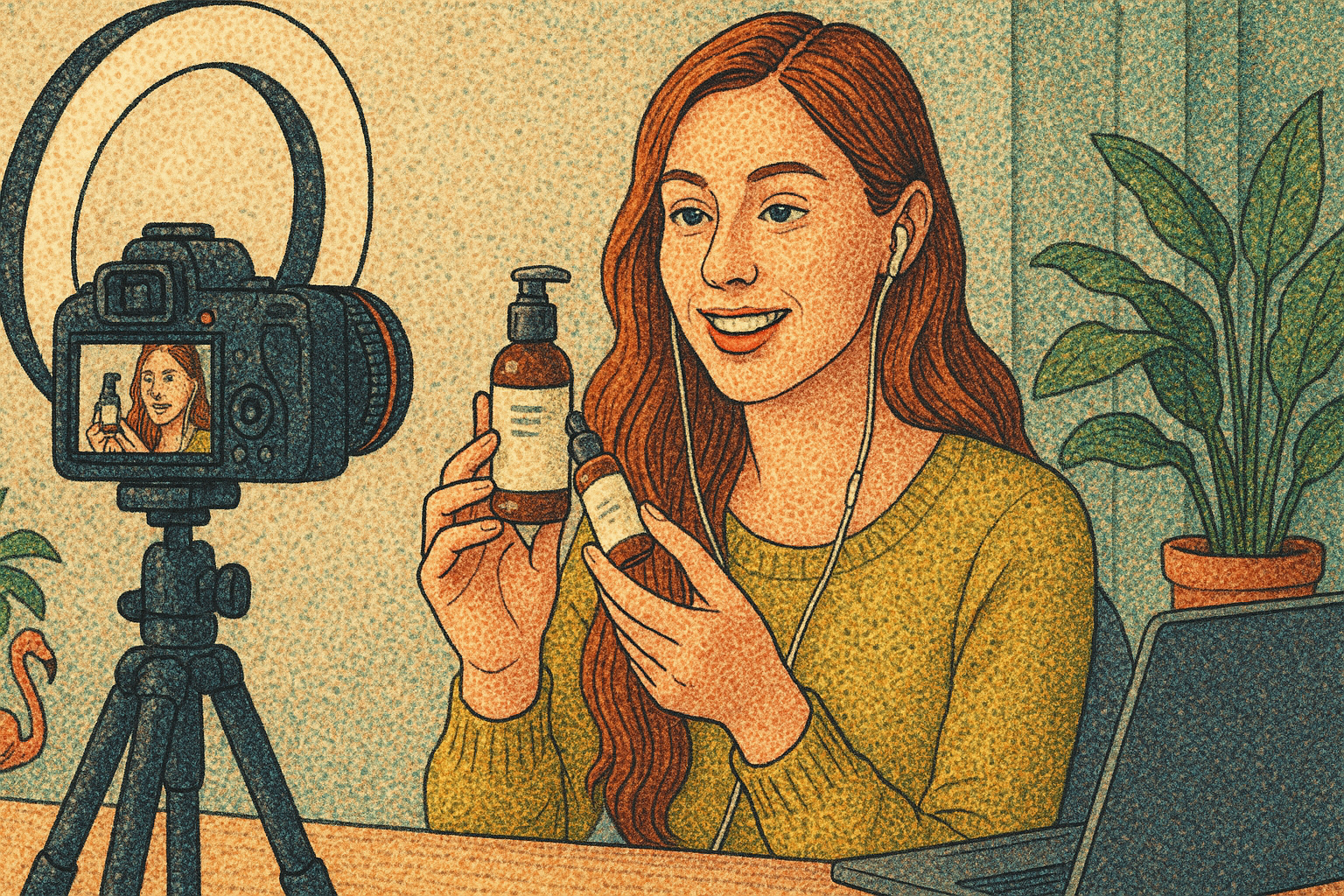The ad world’s rosé-fueled retreat has turned into a reckoning. At this year’s Cannes Lions International Festival of Creativity, one message cut through the panels, parties, and panels-posing-as-parties: Influencer marketing is no longer the sideshow. It’s the main stage.
As legacy media execs sipped their poolside cocktails, the math became unavoidable. Ad revenue from user generated content is now beginning to outpace professionally produced media, according to WPP’s president of business intelligence. In other words, brands are spending more to have creators like Ashen Hall dunk his face into branded water on social media than they are to run prime time TV ads.
This isn’t just a vibe shift, it’s a budget shift. Global influencer marketing is projected to hit $33 billion in 2025, a 36% jump from last year, per Statista. With ad budgets tightening across industries, creators offer a leaner, higher ROI (Return On Investment) alternative to traditional campaigns. Their superpower? Trust.
In a world where people skip commercials and tune out banner ads, creators are the ones still holding consumer attention.
said one media executive at the festival, requesting anonymity because their agency is still chasing broadcast deals.
Even consumer goods giants are buying in. Unilever, not exactly known for edgy marketing, announced plans to hire 20 times more influencers than in previous years. Their reasoning: consumers are increasingly cynical of top-down, brand polished messaging. A friendly face on their feed sells more shampoo than a million-dollar ad buy.
It’s a pivot with consequences. Agencies are racing to reposition. Media buyers are being retrained to think in views, not GRPs (Gross Rating Point). Even Hollywood is taking notes, creators are being courted not just as brand partners, but as IP themselves.
Still, there are risks. Metrics are messy, fraud persists, and authenticity can’t always be scaled. But the money is moving fast, and so is the industry.
